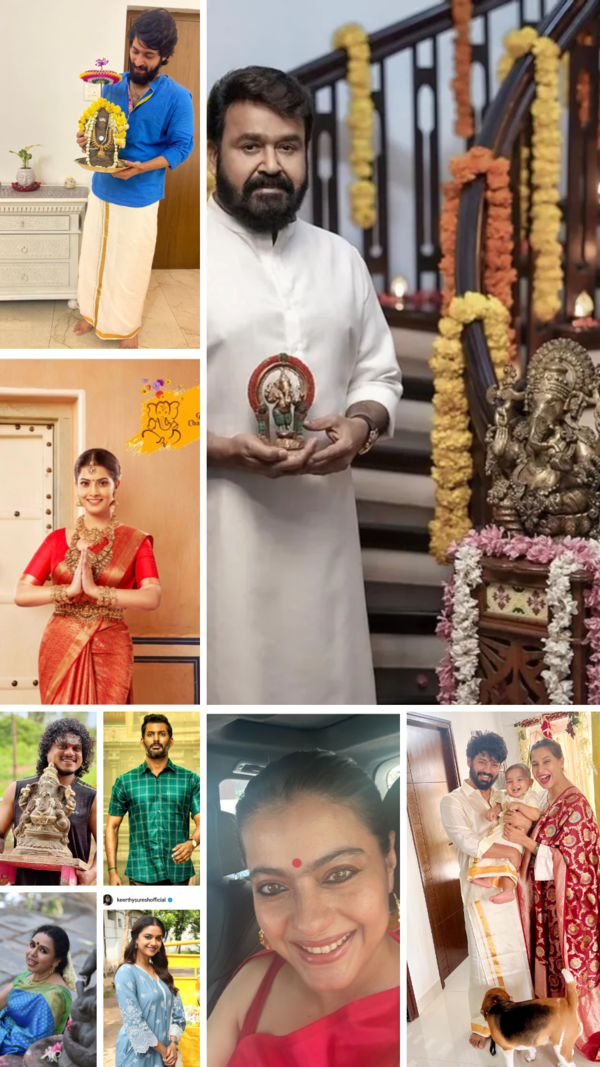Top Searches
- News
- India News
- Why a constitution bench is set to assess legality of polygamy
Why a constitution bench is set to assess legality of polygamy

The idea that Muslim men areallowed several wives is oneof the most widely-held complaints about India’s family law system that lets each religious community follow its own practices on marriage, divorce, succession,inheritance and so on. Muslim personal law is seen as not having undergone the strenuous codification that Hindu traditions did.
Now, a five-judge bench of the Supreme Court is going to decide on theconstitutional validity of polygamy,along with that of practices like nikah halala and nikah mut’ah. The Quran allowed and regulated polygamy as an exception, not therule, with certain rights and obligations. This endorsement came at atime when men were dying young intribal warfare in Arabia, leaving behind widows and orphans. Polygamy means having more thanone spouse at the same time. Whilepolyandry (women having more thanone husband) was traditionally confined to a few communities like Nairsand Tibetans, polygyny (men havingmore than one wife) had been practised across communities in India.
It was declared illegal as various personal laws were codified, and its banningamong Hindus in 1956 caused great furore, since polygamy is sanctioned inmany religious scriptures and practices. It has not been officially abolished from Muslim personal lawor the customary law ofscheduled tribes. Muslim marriages aregoverned by the MuslimPersonal Law (Shariat)Application Act of 1937,which does not restrict polygamy. Despite it beingtechnically allowed by thelaw, data from the NationalFamily Health Surveys(NFHS) shows a steadydecline in polygamy ratesamong Muslims, as in other communities.
In 2005-06, the NFHS found that 2. 9% of Muslim women said their husbands had more than one wife. By 2019-20, that was down to 1. 9%. Overall, polygamy remains most prevalent in the Northeast, followed by the south and east of India.
Many clerics of the All India Muslim Personal Law Board (AIMPLB) haveseen legally ending polygamy for Muslims as an encroachment into their law, acontradiction of the Quranand baiting of the Muslimcommunity, while women’sorganisations like theBharatiya Muslim Mahila Andolan see it as a violationof women’s rights that mustbe immediately ended. The Supreme Court isalso going to investigatethe constitutional legitimacyof practices like nikah halala, nikah mutah and nikah misyar. They have no sanction in the Quran, and are exploitative departures from the norm that are discussed more than done.
Nikah Halala
Nikah halala or a tahleel marriage, done with the intention of divorce, is forbidden by several hadith. When a man repudiates the marriage by instant, irrevocable triple talaq (as opposed to sticking to the decision over three months), the couple cannot marry again unless the wife marries another man first, the couple consummates the marriage and the man divorces her. It is meant to deter rash decisions. Instant triple talaq is now illegal in India, as in many Muslimmajority nations. The AIMPLB also agrees that it does not support practices like nikah halala, entered into with the intention of returning to the first husband.
Nikah Mut’ah
A temporary “pleasure” marriage banned by most Sunni scholars who see it as being disallowed by the Prophet. In Shia Islam, it is permissible under specific circumstances — they argue that the ban came from the second Caliph Umar. If a man is separated from his wife, he may enter into a temporary marriage-contract with another woman with a specified mahr mutually agreed upon. Some have cast this arrangement as merely a religious-legal cover for sexual relations.
Nikah Misyar
A similar Sunni concept, it is not found in the Quran or classic works of jurisprudence. It is called a “traveller’s marriage” or marriage of convenience, solemnised with mutual agreement and witnesses, but not entered into for a strict time period. The partners could agree on forgoing some of the rights of a standard marriage, including housing or financial support.
Now, a five-judge bench of the Supreme Court is going to decide on theconstitutional validity of polygamy,along with that of practices like nikah halala and nikah mut’ah. The Quran allowed and regulated polygamy as an exception, not therule, with certain rights and obligations. This endorsement came at atime when men were dying young intribal warfare in Arabia, leaving behind widows and orphans. Polygamy means having more thanone spouse at the same time. Whilepolyandry (women having more thanone husband) was traditionally confined to a few communities like Nairsand Tibetans, polygyny (men havingmore than one wife) had been practised across communities in India.
It was declared illegal as various personal laws were codified, and its banningamong Hindus in 1956 caused great furore, since polygamy is sanctioned inmany religious scriptures and practices. It has not been officially abolished from Muslim personal lawor the customary law ofscheduled tribes. Muslim marriages aregoverned by the MuslimPersonal Law (Shariat)Application Act of 1937,which does not restrict polygamy. Despite it beingtechnically allowed by thelaw, data from the NationalFamily Health Surveys(NFHS) shows a steadydecline in polygamy ratesamong Muslims, as in other communities.
In 2005-06, the NFHS found that 2. 9% of Muslim women said their husbands had more than one wife. By 2019-20, that was down to 1. 9%. Overall, polygamy remains most prevalent in the Northeast, followed by the south and east of India.
Many clerics of the All India Muslim Personal Law Board (AIMPLB) haveseen legally ending polygamy for Muslims as an encroachment into their law, acontradiction of the Quranand baiting of the Muslimcommunity, while women’sorganisations like theBharatiya Muslim Mahila Andolan see it as a violationof women’s rights that mustbe immediately ended. The Supreme Court isalso going to investigatethe constitutional legitimacyof practices like nikah halala, nikah mutah and nikah misyar. They have no sanction in the Quran, and are exploitative departures from the norm that are discussed more than done.
Nikah Halala
Nikah halala or a tahleel marriage, done with the intention of divorce, is forbidden by several hadith. When a man repudiates the marriage by instant, irrevocable triple talaq (as opposed to sticking to the decision over three months), the couple cannot marry again unless the wife marries another man first, the couple consummates the marriage and the man divorces her. It is meant to deter rash decisions. Instant triple talaq is now illegal in India, as in many Muslimmajority nations. The AIMPLB also agrees that it does not support practices like nikah halala, entered into with the intention of returning to the first husband.
Nikah Mut’ah
A temporary “pleasure” marriage banned by most Sunni scholars who see it as being disallowed by the Prophet. In Shia Islam, it is permissible under specific circumstances — they argue that the ban came from the second Caliph Umar. If a man is separated from his wife, he may enter into a temporary marriage-contract with another woman with a specified mahr mutually agreed upon. Some have cast this arrangement as merely a religious-legal cover for sexual relations.
Nikah Misyar
A similar Sunni concept, it is not found in the Quran or classic works of jurisprudence. It is called a “traveller’s marriage” or marriage of convenience, solemnised with mutual agreement and witnesses, but not entered into for a strict time period. The partners could agree on forgoing some of the rights of a standard marriage, including housing or financial support.
FOLLOW US ON SOCIAL MEDIA
FacebookTwitterInstagramKOO APPYOUTUBE
Start a Conversation
end of article









